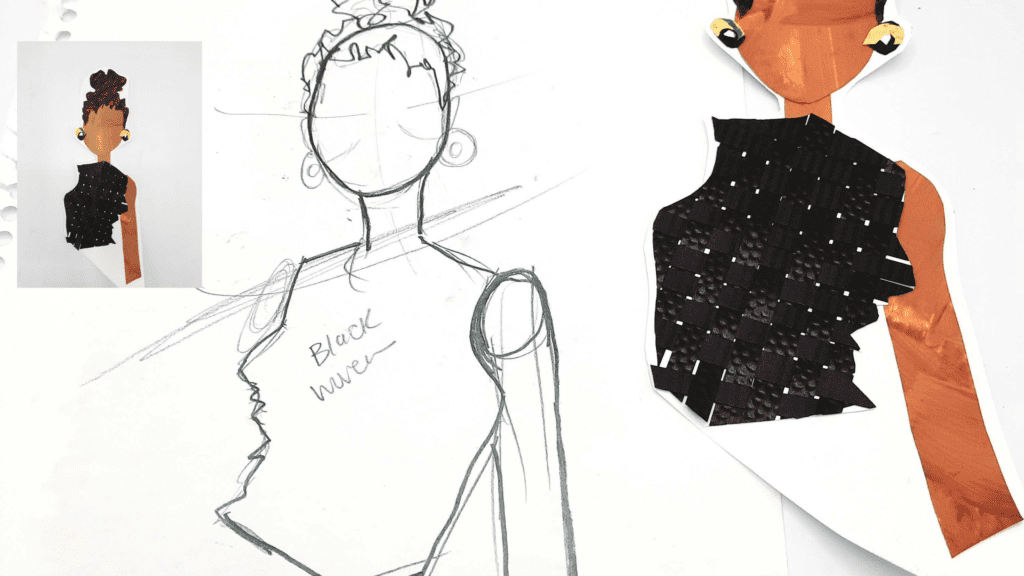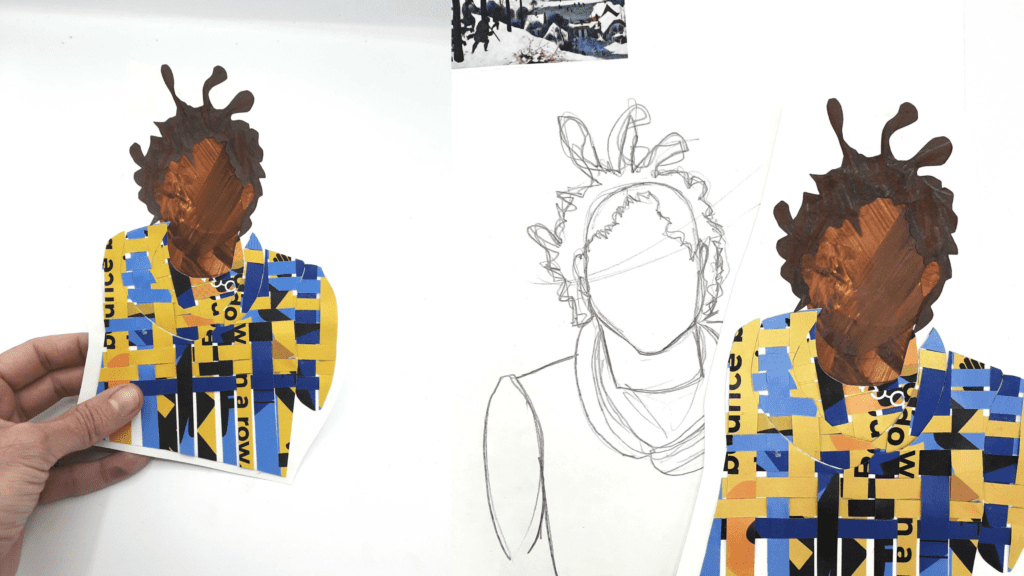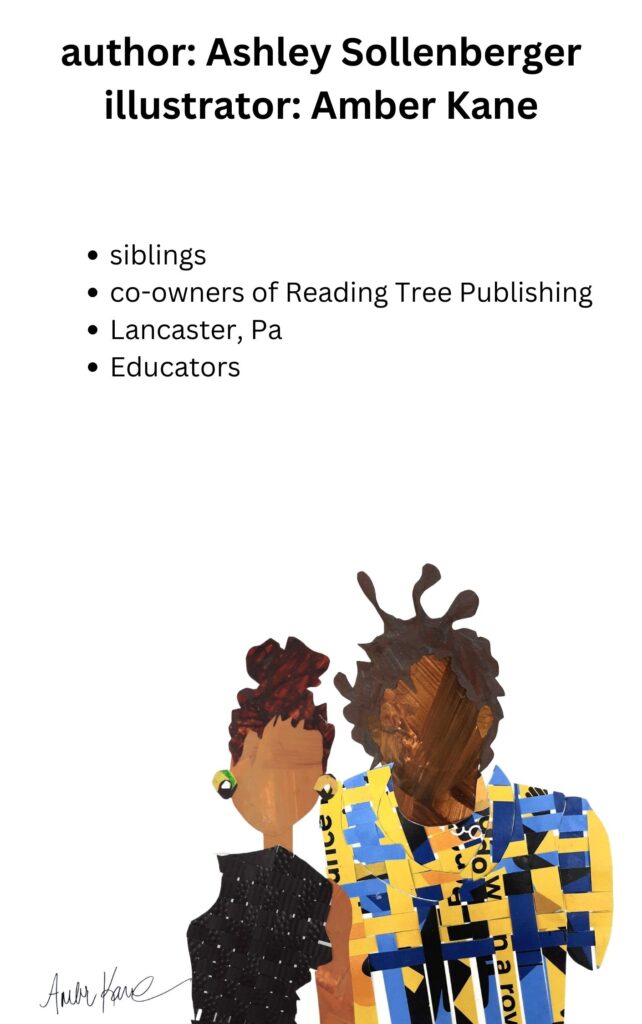How Materials Create Meaning in Art
If you’re taking or even thinking about taking an advanced placement studio art class, you might have heard people talking about making connections between your ideas and the materials and processes that you use to bring your ideas to life.
At first, that sounds hard and confusing.
You select your materials and processes, based on what you enjoy using and what you have access to, isn’t that how all artists work?
It’s important to know that there isn’t one way that all artists do or don’t work. And when you’re working on growing your artistic ability, it’s good to better understand the many ways that you can communicate your ideas visually.
What is the difference between a material and process? A material is what you use to create your work and a process is how you use the material.
Examples:
material: watercolor> process: wet on wet
material: cardboard > process: lamination
material: graphite > process: reduction
The combination of the two, should connect back to your idea.
I might use watercolor and wet on wet if I’m trying to convey an idea that is fluid, not defined, always changing. In contrast if I wanted to show the opposite, I might use acylic paint and a dry brush technique, or use ink and lino cut as my process.
Let’s look at some examples.

In the sketch above, I was creating a self-portrait. Currently, my preferred way of creating is with collage, so I knew that collage was going to be part of my process. Notice that the black shirt is woven. That is an example of an intentional decision that creates a connection between ideas, materials, and processes.
- Shirts are made of fabric, and the fabric is usually knitted, or woven together. So I took a traditional process of creating cloth and created “cloth” to make a shirt.
- I am a weaver, so incorporating weaving into a self-portrait provides more information about me.
Let’s look at another example.

Next, I needed to create a portrait of my brother, as I was creating a bio page for our publishing company. Since the images were going to be presented together, I wanted them to be in a similar style. You’ll see that once again, I used the process of collage to create the figure, and I continued to use paper weaving to create fabric for his sweatshirt.
There is one more intentional choice, that you may not be able to identify by simply looking at the work. Notice that there are some letters within the weaving of his shirt. The shirt in the image above was woven from a book page taken out of The Body Book, which is a book that my brother and I worked on together.
When you’re creating images and making intentional choices to reinforce your ideas, it’s okay to accept that everyone that looks at the work, may not pick up on all of the visual clues. Just as when we read, the more context that we have the more we understand a text, the same goes for understanding visuals.
The more that you know about my brother and me, the more likely you are to be able to pick up on the clues presented throughout our portraits.
If you were to create a self-portrait, what are 1-3 materials and/or processes that you could use that would give clues to the audience about who are you?
